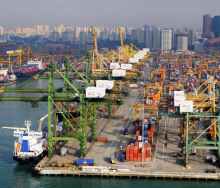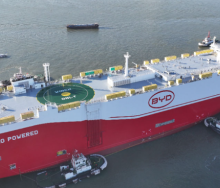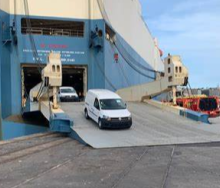The US Department of Energy has given the green light to exports from the development of a $39-billion Alaska Liquefied Natural Gas (LNG) export project that will pipe gas from Alaska’s North Slope to a liquefaction plant in the Gulf of Alaska.
The development will be among the most ambitious infrastructure projects undertaken in the United States in recent memory.
Maritime Executive reports that the key export permit granted by the department gives the go-ahead to a 3.5bn cubic-foot-per-day pipeline to be built on rough terrain - across a distance the equivalent of Missouri to New York – from the tundra of the North Slope and the mountains of central Alaska to Cook Inlet. When the gas arrives at Cook Inlet, most of it will be chilled, liquefied and loaded onto LNG carriers and shipped to customers in Asia.
The cost and risk involved are high, especially considering the commercial challenges of competing with exporters on the Gulf Coast who do not need to build state-spanning pipelines. This is why project partners BP, ExxonMobil and ConocoPhillips stepped back in 2016 to allow the State of Alaska to take the lead in sourcing customers.
The Alaska Gasline Development Corporation has been pursuing the project and has strong political support from President Joe Biden’s administration, the state governor and the congressional delegation.
US Ambassador to Japan, Rahm Emanuel, led a summit in Tokyo to promote the benefits of Alaskan natural gas as a secure alternative to Russian LNG last year. Japan is concerned about energy security because it sources about 5-10% of its natural gas from Russia.
Alaska LNG initially obtained a key export permit from the Federal Energy Regulatory Commission in 2020, but environmental groups, including the Sierra Club and Earthjustice, opposed it in court. The groups have indicated that they will challenge the latest permit in court, claiming that over its 30- year lifespan the project will add two billion tonnes of greenhouse gas emissions to the environment.













